As the Catholic Church moves toward electing a new pope, the world is watching and waiting with anticipation. Catholics are excited and hopeful as they enter one of the richest traditions in church history: the conclave.
Many different popes have revised the format for the conclave over the centuries. The format of the conclave was not introduced until 1271, after the election of Pope Gregory X at Verbito. The election took two years and nine months, and only ended with the forced meeting of voting cardinals to settle the ordeal and make a selection. While this format was a necessary means to bring unity to the Church many centuries ago, it was considered to be an effective and fair process as a basis for future elections and was slowly adopted in future papal writings and canon legislations on the conclave.
As voting began yesterday, the door to the Sistine Chapel was closed and cardinals voted by writing their choice down on a ballot, which was then submitted and recorded by a group of three appointed cardinals. The first two cardinals record each vote and the third announces it to the congregation. In order for a vote to be successful in selecting a new pope, the candidate must receive a two-thirds majority. Due to this clause, it is typical for there to be many votes over multiple days. After a candidate is selected, he is asked what name he would like to be called for the duration of his papal office and is then introduced to the Catholic Church and to the entire world on St. Peter’s Balcony.
The newly selected pope is asked to change his name to keep the tradition that St. Peter the apostle began. While his baptismal name was Simon, Jesus renamed him Peter in fore-recognition that he would become the rock of His new Church. Therefore, the name-change directly correlates to the papacy, which is also known as the Office of St. Peter.
This past Sunday, it presented a much more interesting glimpse as to whom the church may rally behind as pope in the next few weeks, as the cardinals were assigned to celebrate mass at parishes around Rome before closing their doors to the world within the conclave on Tuesday.
Cardinal Sean O’Malley from Boston, Cardinal Angelo Scola from Milan and Cardinal Odilo Pedro Scherer from Brazil were three highly praised cardinals who stood out, being cheered by crowds of people who came from around the world to see them speak. To predict a pope however, is a dangerously impossible task as the leading candidates often cannot receive a two-thirds majority of the vote, which can lead to the election of an unlikely compromise candidate.
As of the time the Torch went to print, the conclave had not made a selection. When no pope is selected, the ballots are burned and an a chemical is added to send black smoke billowing from above the Sistine Chapel. When there is a new pope, white smoke rises.


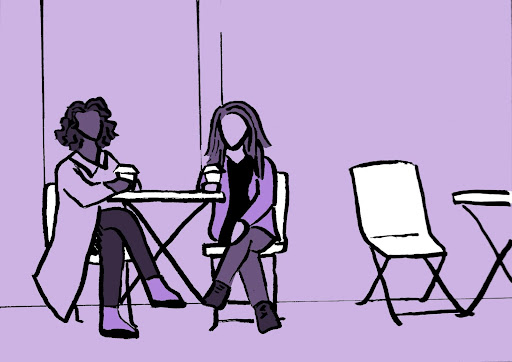
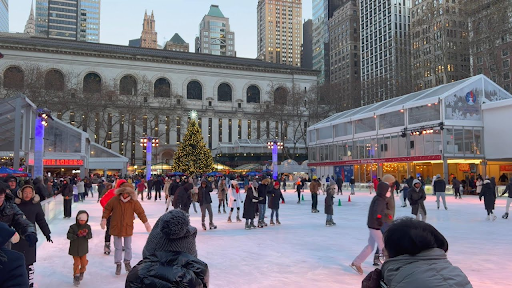
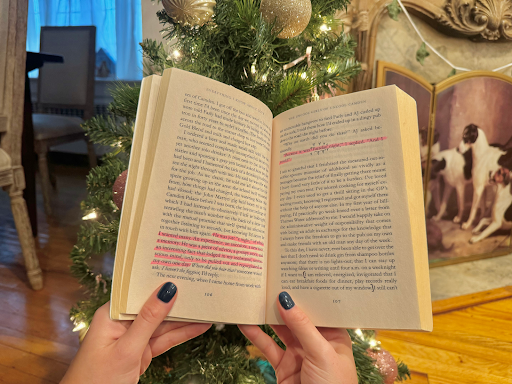
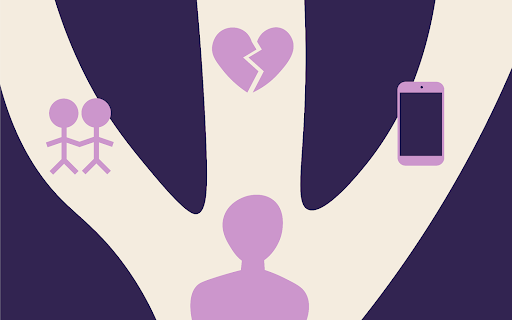

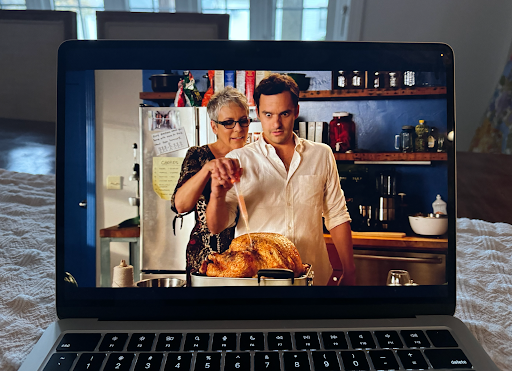
Jill • Mar 13, 2013 at 1:51 pm
All we can be sure of is that the new Pope will NOT be from Africa, Asia, Australia, North America or South America. Other than that, it is WIDE OPEN!
Google: Fear of a Black Pope and Manka Faith